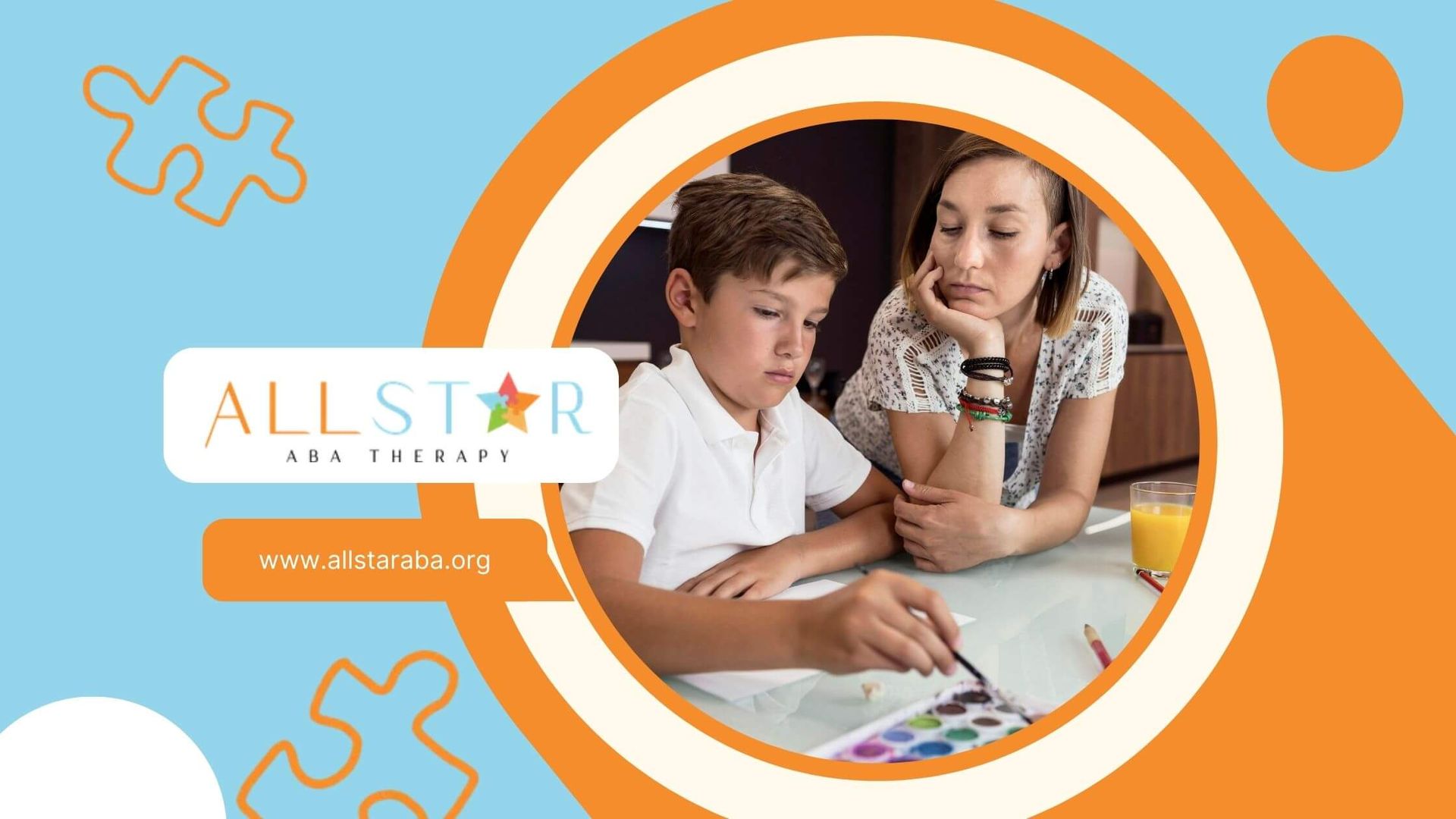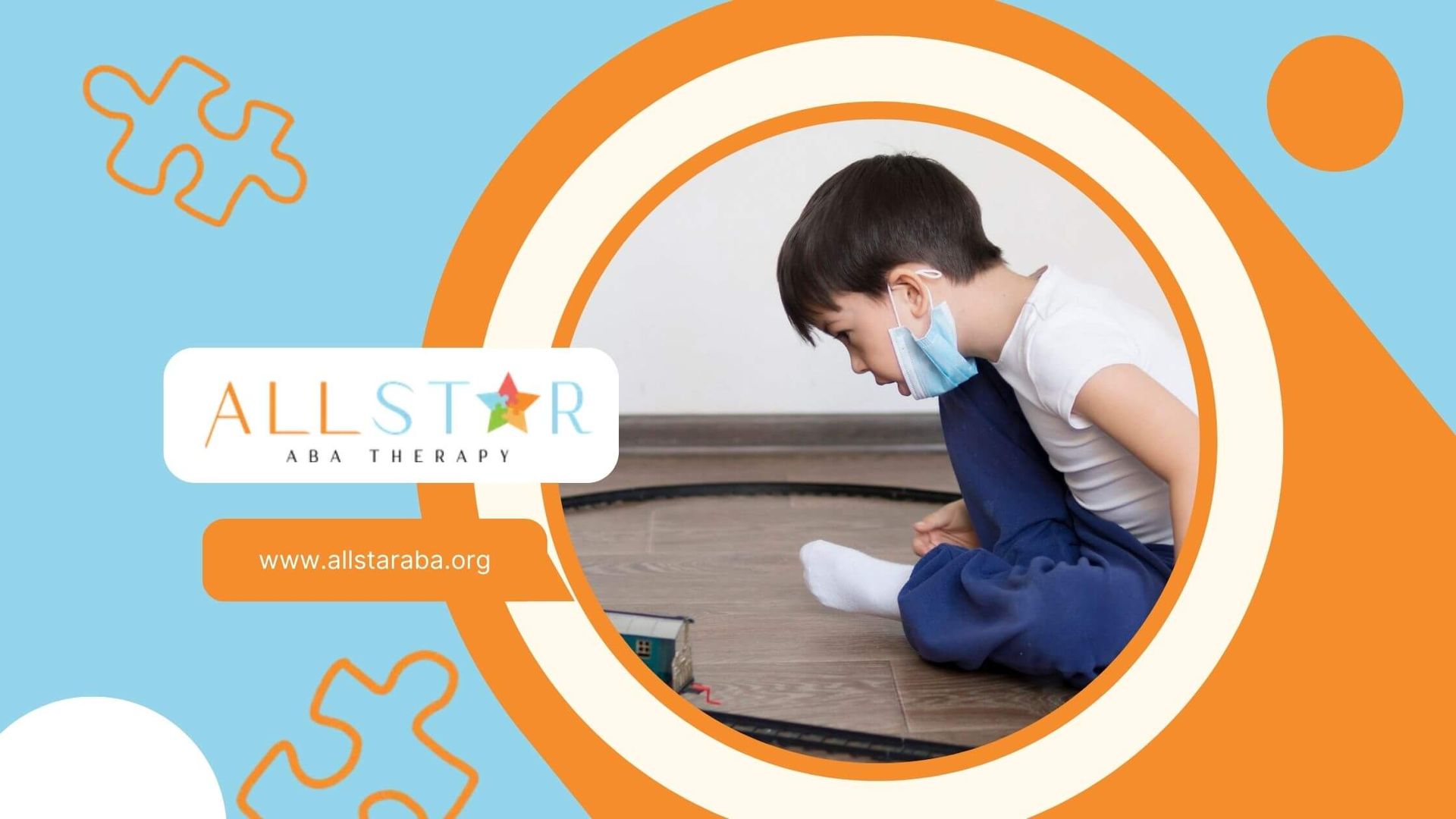New Paragraph
Understanding Semi-Verbal Autistic Individuals
Navigating the autism spectrum can be tough. Understanding and empathy are very important, especially for people facing unique challenges in communication. This is especially true for those who are semi-verbal. These challenges are a big part of their daily lives. This exploration will help us learn more about semi-verbal autism. It will help us understand their experiences better and build stronger connections.
Exploring the Spectrum of Semi-Verbal Autism
The term "semi-verbal autism" refers to people on the autism spectrum who have limited ability to speak. It is important to know that this term covers many different experiences. Some semi-verbal individuals might use a few words or phrases. Others may communicate with gestures, sign language, or other ways.
Semi-verbal autism can change from one person to another. A person's ability to talk can change depending on their surroundings, feelings, and sensory experiences. This is why we should be flexible and understanding when communicating with them.
Defining Semi-Verbal Autism in the Context of ASD
Semi-verbal autism is not an official diagnosis. It is a term used to describe different ways autistic people communicate. It shows that speaking well is not the only sign of understanding or intelligence. Many autistic individuals face sensory processing challenges and social communication difficulties. These can make it hard for them to express themselves with words.
The term "semi-verbal" helps move past the simple labels of "verbal" and "non-verbal," often used for autistic individuals. This way of thinking does not show the full picture of how people engage in verbal communication. Some individuals might be in between the two.
Understanding semi-verbal autism as part of the autism spectrum is important due to the underlying neural mechanisms, including brain imaging techniques, and cognitive processes involved. It highlights the need for support and communication methods that are unique to each person. This change encourages us to have a more open view of autistic communication.
Key Characteristics and Behaviors of Semi-Verbal Individuals
Semi-verbal individuals can show many different traits and behaviors when it comes to talking and interacting with others, influenced by their communication preferences. Here are some common signs: they may find it hard to start or keep a conversation going. They might repeat words or phrases. They often rely on non-verbal ways to communicate, such as using gestures, facial expressions, or body language.
Some semi-verbal people might have a small set of words they use, while others may understand language well but have trouble stating their thoughts in full sentences. This gap between what they understand and how they express themselves can lead to frustration and a disconnect in social situations, especially during a potential meltdown, highlighting their inability to fully articulate their feelings.
It's also important to realize that selective mutism can overlap with semi-verbal autism, leading to various communication challenges. Some individuals may refrain from speaking in certain social situations because of specific anxiety or sensitivity to sensory overload that relates to their stress levels. It is essential to understand how these factors can work together. This knowledge helps in creating the right support strategies.
Communication Strategies for Semi-Verbal Autistic Individuals
Effective communication is very important for helping semi-verbal autistic people feel good and included. They might not always use or like spoken language. However, there are many ways to provide effective support through a blog to help them communicate better and understand each other.
Using methods called augmentative and alternative communication (AAC) is one way to assist them. It's also important to create a supportive environment that pays attention to their senses. The goal is to provide semi-verbal individuals with the tools and strategies they need. This can help them express themselves and connect with the world around them.
Utilizing Technology for Enhanced Communication
Technology has changed the way we talk to each other. For people with semi-verbal autism, it provides helpful tools to improve their communication skills and social interaction abilities, including picture exchange systems. AAC methods have become very popular recently. They offer many choices that fit different needs and likes.
Here are some ways technology can help with communication:
- Communication Boards: Regular communication boards have changed to digital ones. They are easier to carry, more flexible, and offer more symbols and words.
- Speech-Generating Devices: These tools let people pick words or phrases from a stored list and hear them spoken.
- Tablets and Smartphones: There are clever apps made for AAC that let users adjust their communication boards, use visual aids, and write text.
By using these new technologies, we can help semi-verbal individuals speak more freely, share their thoughts and feelings better, and feel more confident in social situations.
Role of Caregivers in Facilitating Expressive Language
Caregivers play a critical role in helping semi-verbal autistic individuals communicate better. They create a supportive environment by understanding each person's special needs and communication styles. This helps in developing their language skills.
To help, caregivers need to be patient and understanding. They should give enough time for the individual to think and respond. It is important not to rush or interrupt them. Using visual supports, like pictures or written words, can really help with understanding and expressing thoughts.
Caregivers should also use clear and simple language. They should stick to short sentences and avoid idioms or tricky phrases that might confuse the individual. Engaging in activities that promote communication, such as storytelling, singing, or playing games, is also a great way to support their skills.
Navigating Social Dynamics with Semi-Verbal Autism
Social interactions can be very hard for people with semi-verbal autism. This can lead to confusion, stress, and feeling alone. Their struggle to share their thoughts verbally can impede verbal expression and make it tough to make friends, join in group activities, and speak up for what they need.
However, if we raise awareness and show empathy, we can make social environments better for everyone. We should value neurodiversity and recognize the different ways that semi-verbal individuals communicate. By building understanding, we open doors to strong connections and better social experiences for all.
Understanding the Social Challenges and Solutions
The social challenges that semi-verbal autistic individuals face come from having a hard time sharing their thoughts and feelings in social situations. Their silence or unique ways of communicating can lead to misunderstandings, being seen as a lack of understanding, disinterest, or rudeness. This can lead to frustration for everyone involved.
Social skills training, including behavioral therapy, can help give them tools to handle social situations better. This training might focus on taking turns in conversations, understanding social cues, and reading body language. It can also include learning good responses in different social settings.
Additionally, raising awareness about semi-verbal autism in communities is very important. This can help promote acceptance and understanding. By breaking down misconceptions and encouraging empathy, we can build a friendlier environment. This way, individuals with semi-verbal autism can feel safe to express themselves and connect with others.
To help your child or loved one manage sensory sensitivities, consider consulting with autism therapists near you. These professionals can provide tailored strategies and interventions to address specific sensory needs, promote comfort, and improve overall quality of life. By seeking expert guidance, you can empower individuals with autism to navigate sensory challenges and thrive.
Strategies for Inclusive Education and Social Participation
Inclusive education and social participation are very important for everyone, especially those with semi-verbal autism. To make a truly inclusive space, we need to use strategies that help meet their specific communication needs and boost their social and emotional growth.
In schools, this can mean using AAC methods, providing visual supports, offering breaks for sensory needs, and adapting classwork to fit different learning styles. Creating peer support groups and allowing safe chances for social interaction can really help, too.
Also, it's essential to make community places like parks, libraries, and recreation centers accessible for everyone. This can include having sensory-friendly spaces, offering communication aids, and training staff to interact respectfully and supportively with those who have communication differences.
Conclusion
Understanding semi-verbal autism is important for creating inclusive spaces. When we understand and meet the communication needs of people on the spectrum, we encourage empathy and support. Using technology and involving caregivers can help improve their language skills. It’s also important to tackle social challenges through education and participation. We want to create a world where everyone feels understood and valued, no matter their verbal skills. If you need more help with semi-verbal autism, check out our FAQ section or contact us for personal support. Together, we can build a more inclusive and supportive community for everyone.
As a leading ABA provider in Maryland, All Star ABA
is dedicated to supporting individuals with autism spectrum disorder, including those who are semi-verbal. Our experienced team of behavior analysts offers personalized treatment plans tailored to each individual's unique communication needs. Through evidence-based interventions, we help semi-verbal individuals develop alternative communication strategies, improve social skills, and enhance overall quality of life. Choose All Star ABA for compassionate, expert care that empowers semi-verbal individuals with autism to connect and communicate.
Frequently Asked Questions
How can you tell if someone is semi-verbal or non-verbal?
To find out if a person is semi-verbal or non-verbal, you need to watch how they communicate in response to visual stimuli. You should see if speaking is their main way to express themselves in different places and situations. Both groups have trouble with communication, but semi-verbal people can speak a bit. Their spoken language might change over time. Their vocal cords work, but problems like chronic catatonia can make it hard to form full sentences. You can also look at their gaze patterns and body language for more valuable insights into signs.
Need Support?
We're Here to Help!
Our experienced team is ready to assist you. Reach out today to discuss how we can support your child's development and well-being.
Get started with expert ABA therapy today.








